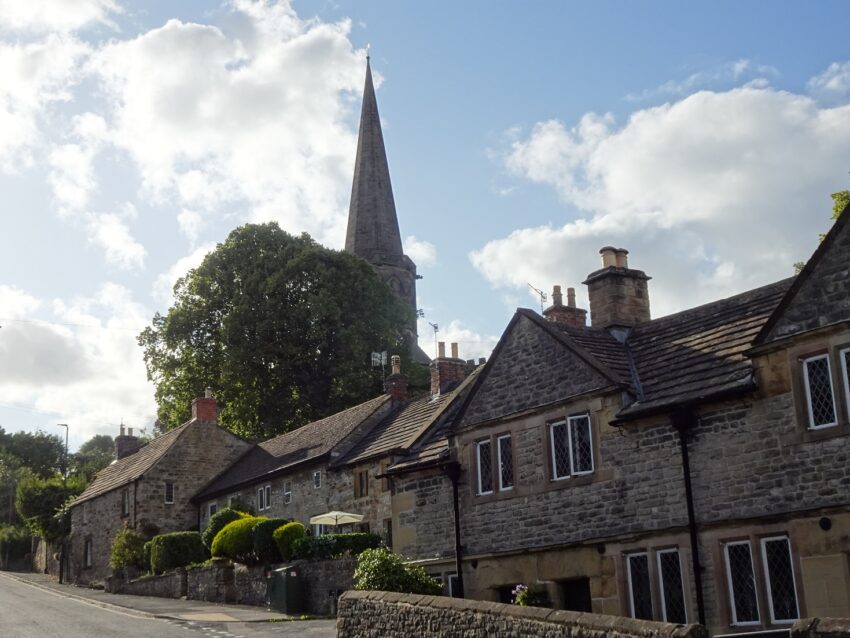Bakewell had everything I expected of a small town in the Peak District: narrow lanes, old stone cottages, a pretty riverside setting and cute cafés serving local specialities (Bakewell Pudding, anyone?).
It’s also said to be one of the most frequently visited tourist destinations in the National Park, but as someone who’s been to the much more popular Lake District a few times during the summer, the place still seemed very relaxed, even when I visited at the height of the holiday season in August.
Bakewell is a good base for some hikes in the surrounding countryside, but it also has a few sights worth checking out in its own right. Here’s my recommendations on what to do in this charming small town.
This post may contain affiliate links, and I might earn a small commission at no additional cost to you. For more info, click here.
The Best Things to See and Do in Bakewell
There are a few worthwhile sights in the town centre, but the top sight for me is Haddon Hall, which is a short bus ride or a half-hour walk east of town.
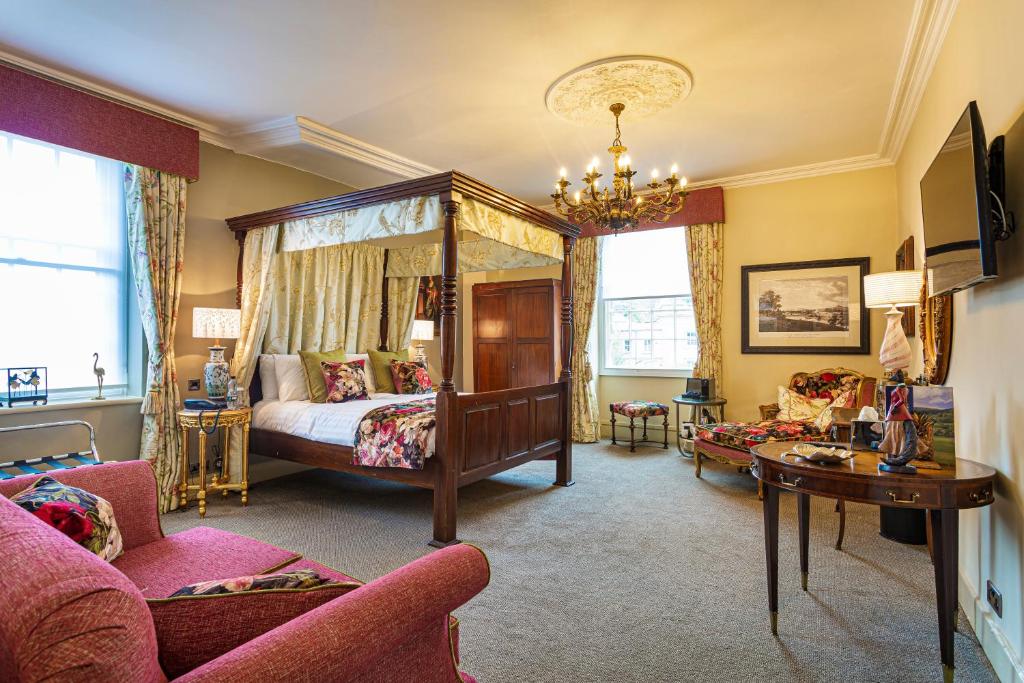
Haddon Hall
This beautiful medieval country house was my favourite sight around Bakewell, as stepping inside feels like stepping a few hundred years back in time. The building has been in the same family for centuries, and there are lots of well-preserved rooms in Tudor style to check out.
The medieval stone walls, wooden beams, and echoing halls and corridors make it easy to imagine life here in another era. I especially liked the terraced gardens – they’re spread out over different levels and have great views across the surrounding hills and valleys.
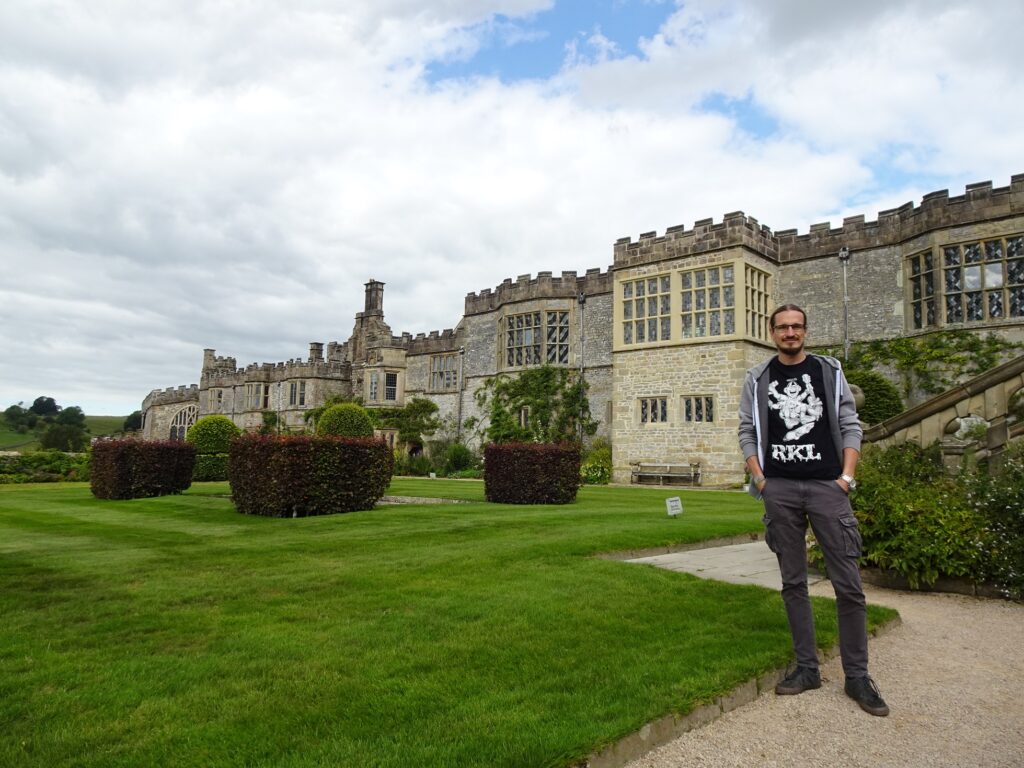
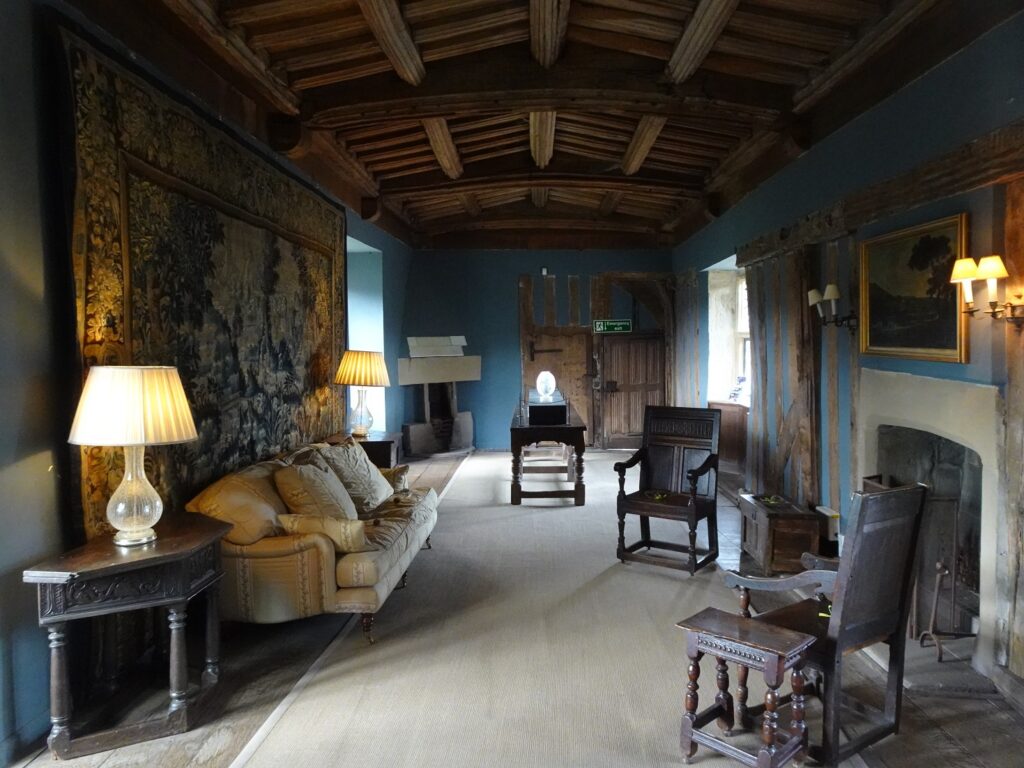
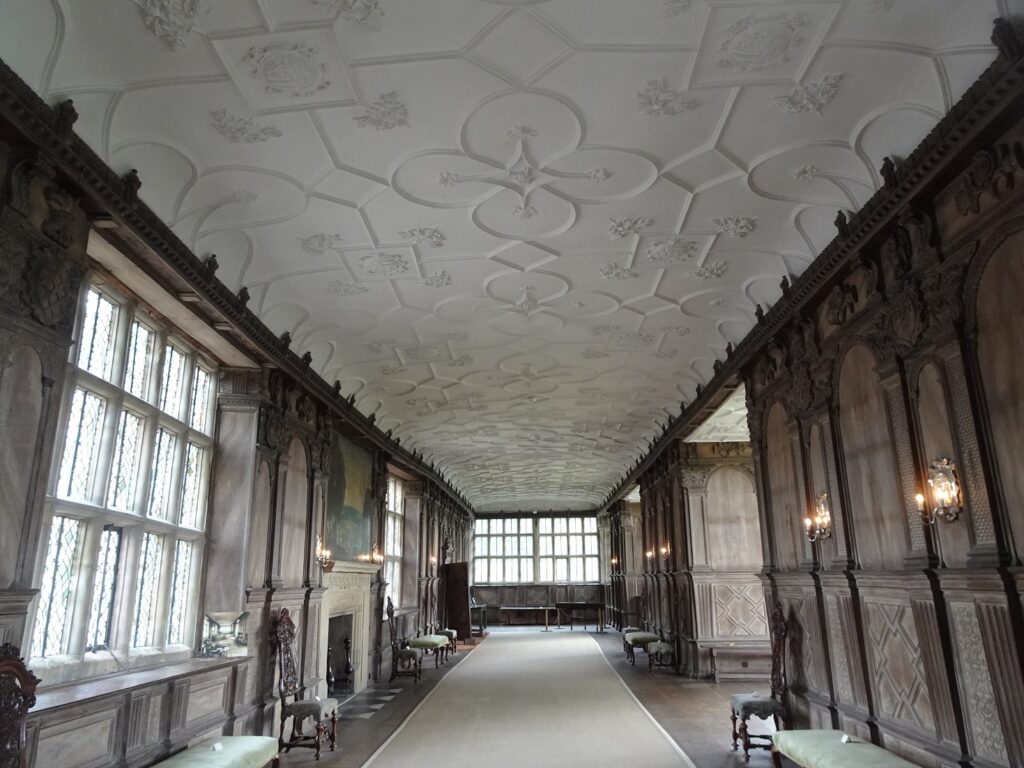
Another cool feature is the 15th-century Chapel of St. Nicholas, which has some interesting medieval wall paintings, including a quirky fresco of three grinning skeletons. Haddon Hall has also been used as a filming location in tons of movies, from The Other Boleyn Girl to Princess Bride, and I found it fun to match up the film scenes with the real-life locations.
Haddon Hall is a bit outside Bakewell proper. If you’re in town without a car, you can take the bus toward Matlock and hop off near the entrance, or just follow the footpath from town. It’s open seasonally from spring through autumn and tickets are quite expensive at £28, but I still thought exploring the place was worth the steep entrance fee. You can check the current opening times and prices on this site.
Eat Some Bakewell Pudding
Well, you can’t come to Bakewell and not try the famous pudding, which consists of flaky pastry, a layer of jam, and a soft almond-egg filling. There are several bakeries in town that claim to be the original inventors.
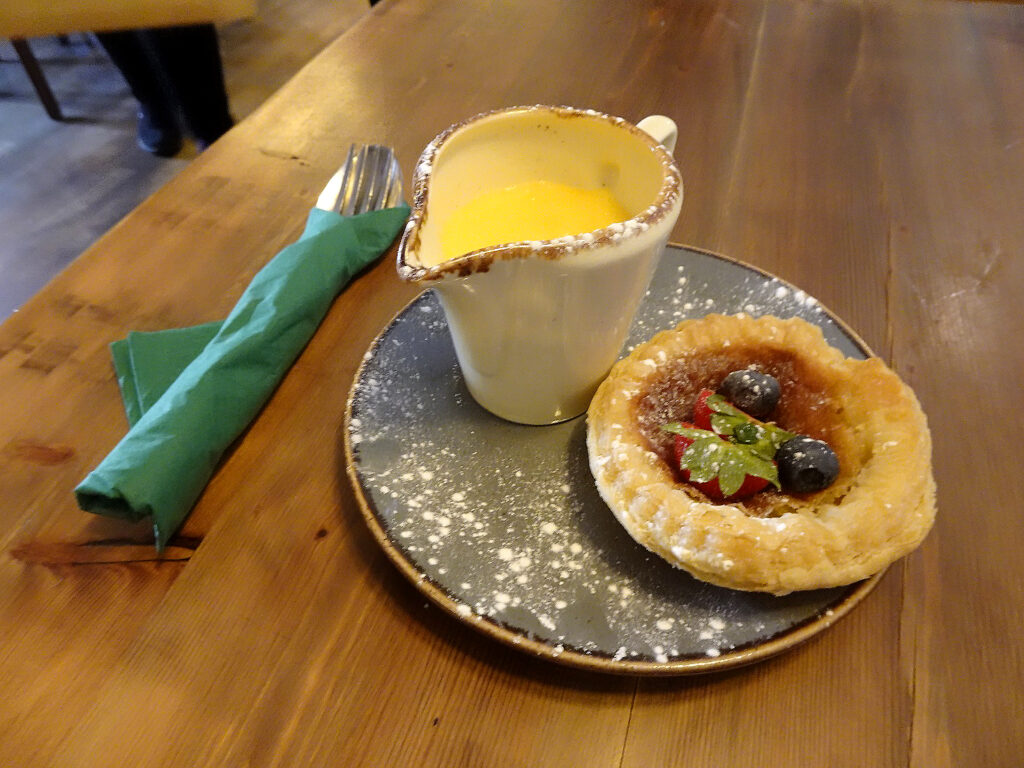
I tried it at the Old Original Bakewell Pudding Shop, and while I found the Pudding a little small for its price, I thought it was really tasty. The shop is right across the road from Bakewell’s main bus stop, and you can try the pudding upstairs in the café like I did or take it to go.
All Saints Church
Bakewell’s parish church, All Saints, sits on a little rise above town. It doesn’t look too special from a distance, but once you get closer, you’ll notice some interesting architectural details.
For one, I really liked the churchyard, which is full of crooked headstones and ancient stone crosses (including two from Saxon times). There’s also a nice view back across Bakewell’s rooftops and to the hills beyond.
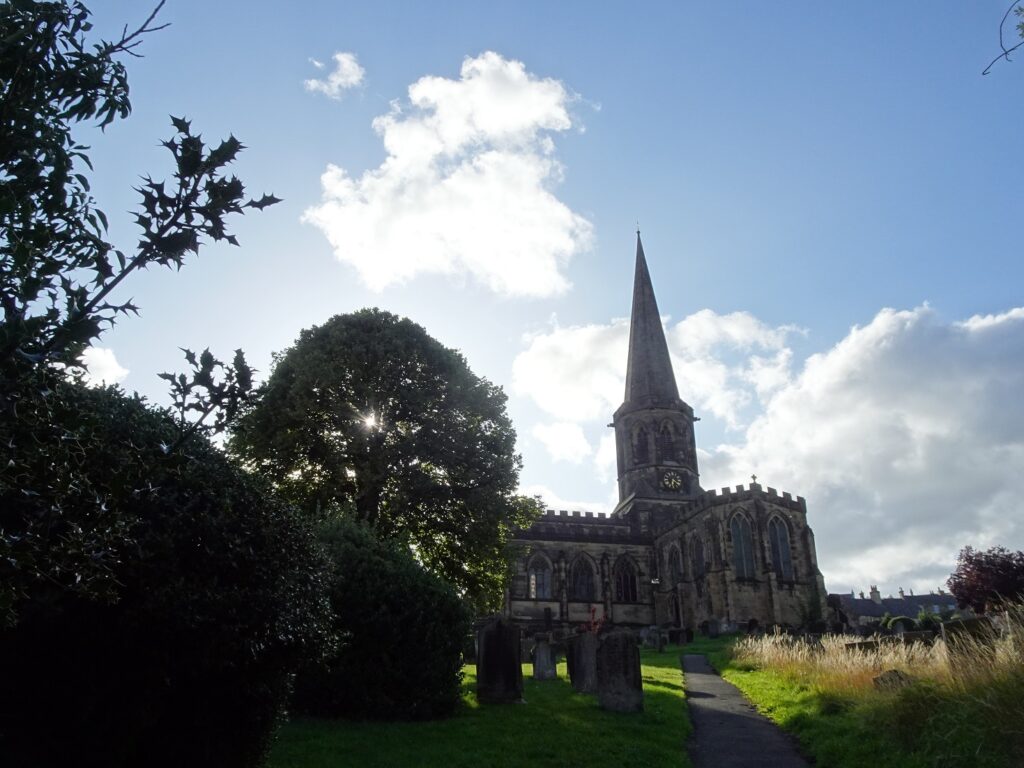
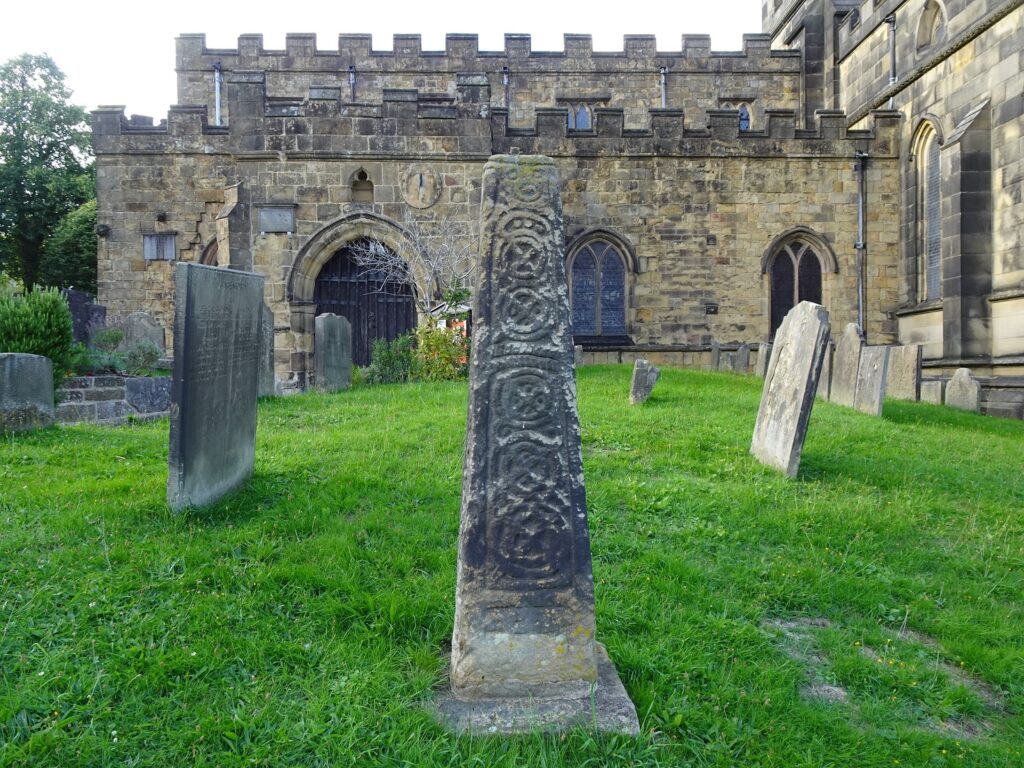
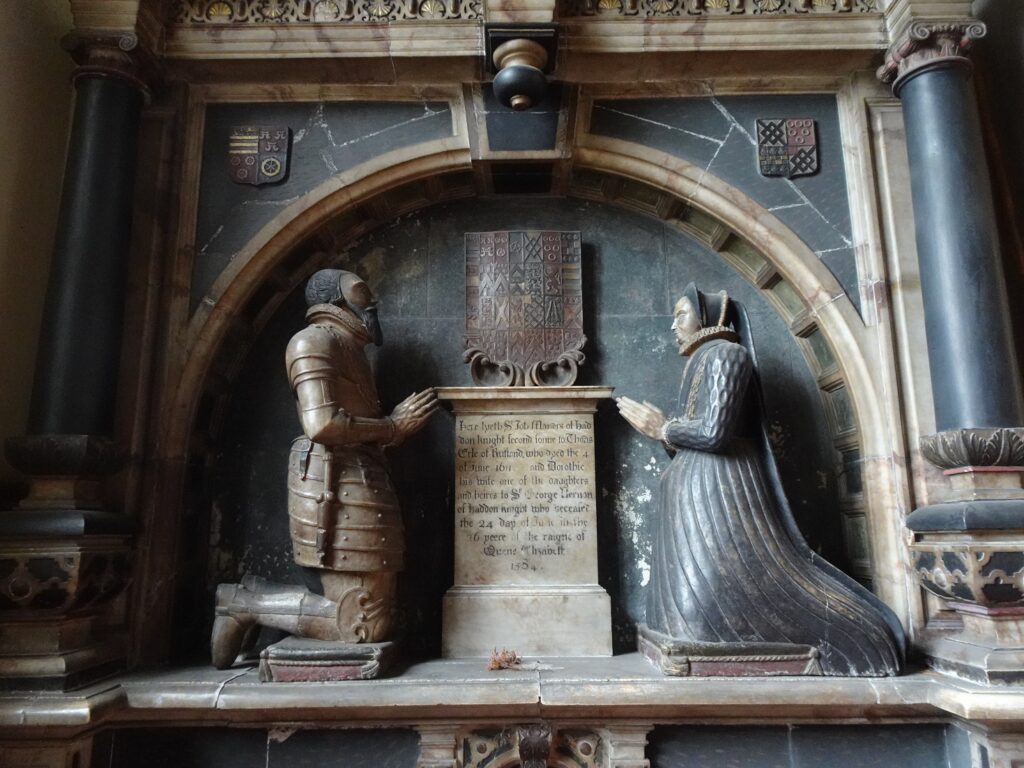
Inside, there’s a beautifully carved baptismal font to the left of the entrance and some ornate tombs in the Vernon Chapel to the right of the altar. I also found the stone blocks with medieval carvings surrounding the little vestibule quite interesting (but that just might be the archaeologist in me).
Entrance to the church is free, and you can find the current opening times here.
Bakewell Old House Museum
Just up the hill from All Saints is the Old House Museum, a little Tudor building that used to be a tax collector’s home. The ground floor is designed to give you a sense of what everyday life was like for an upper middle class family in Tudor times, with recreations of a parlour, study and kitchen.
The upper floor contains some crammed display cases with everything from medieval shoes to Victorian pencils. In general, I found the ground floor more interesting, but there are some interesting wacky exhibits among the bric-a-brac collection upstairs, including the foot and tooth of a circus elephant that went on a rampage in 1905.
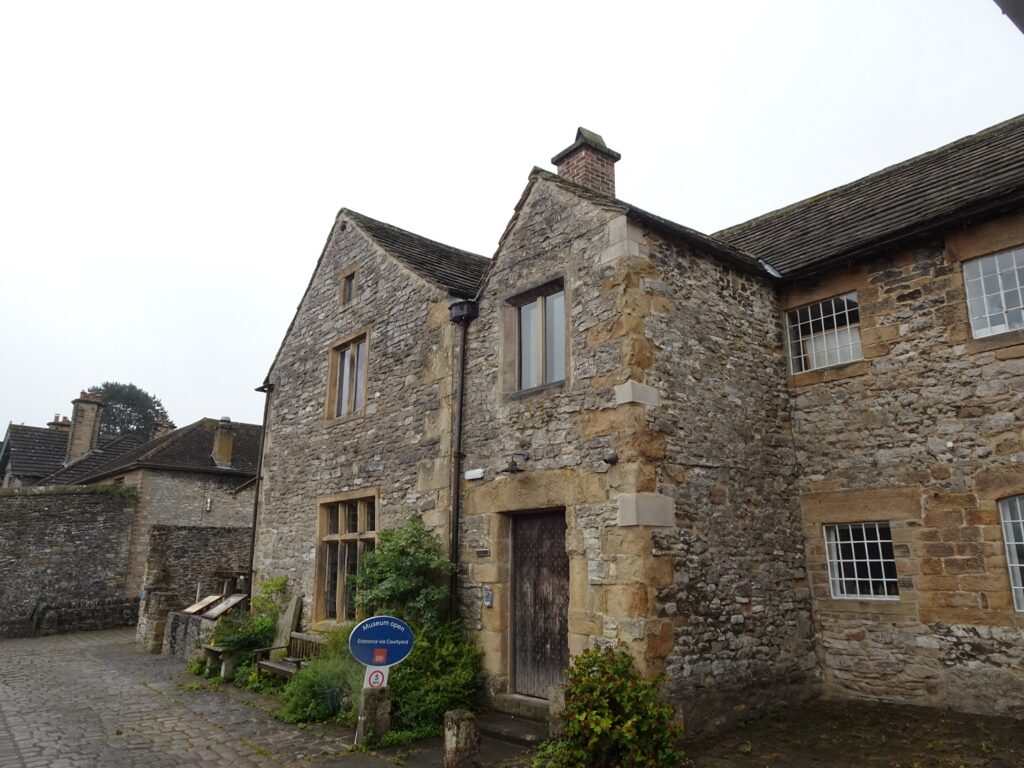
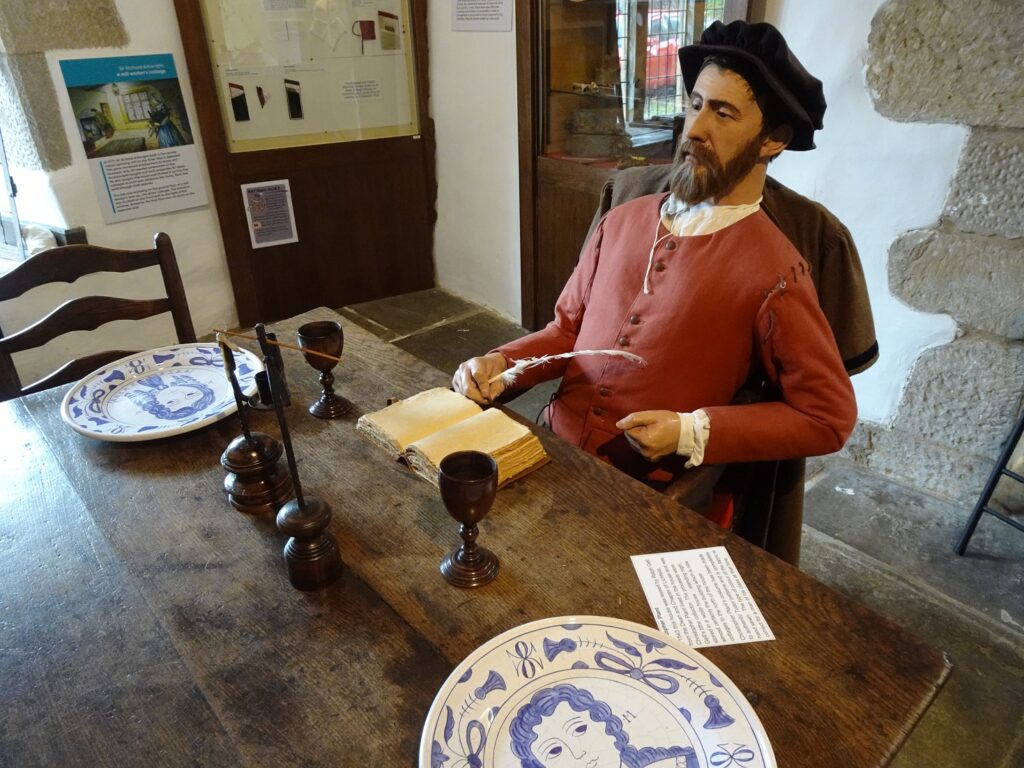
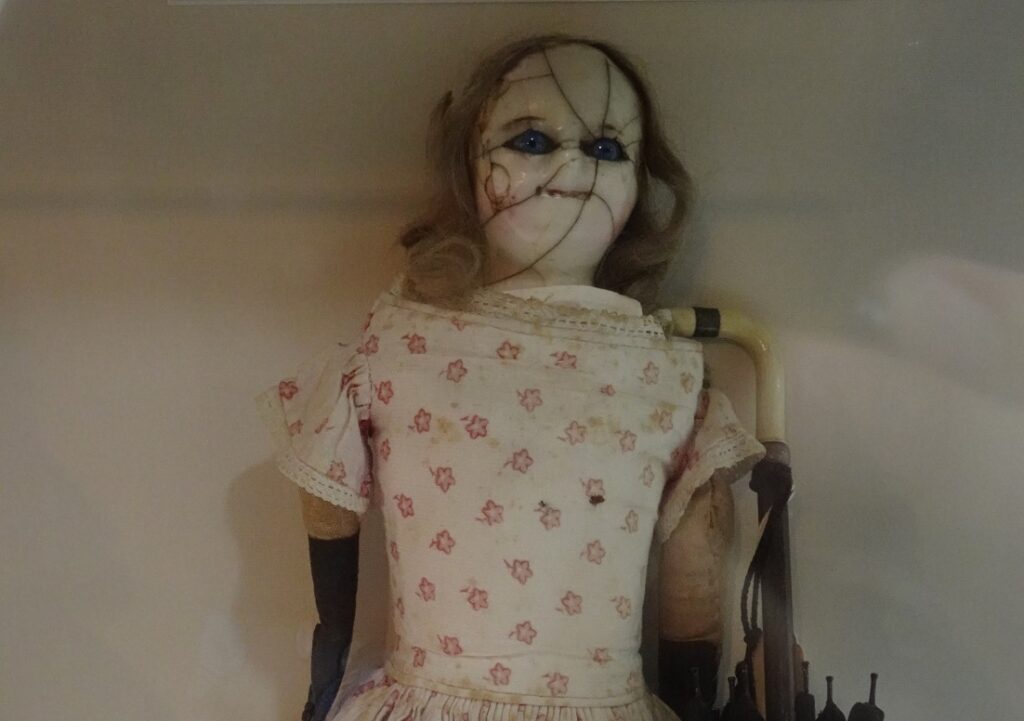
There are also some cool old cameras and displays full of Victorian toys, including what looks like the most haunted doll in England. The upstairs collection is a bit higgledy-piggledy and feels like it hasn’t changed much in a few decades, but I found that to be part of its charm.
I also really liked how enthusiastic the volunteer lady was, who gave me an introduction to the place. The entrance fee was £7.50. You can check the current opening times here.
Monday Livestock Market
If you happen to be in town on a Monday, the livestock market is a real experience. I went out of curiosity and found the whole thing quite fascinating. Sheep and cattle wait patiently in pens, while farmers inspect the goods and auctioneers rattle off current bids at insane speeds.
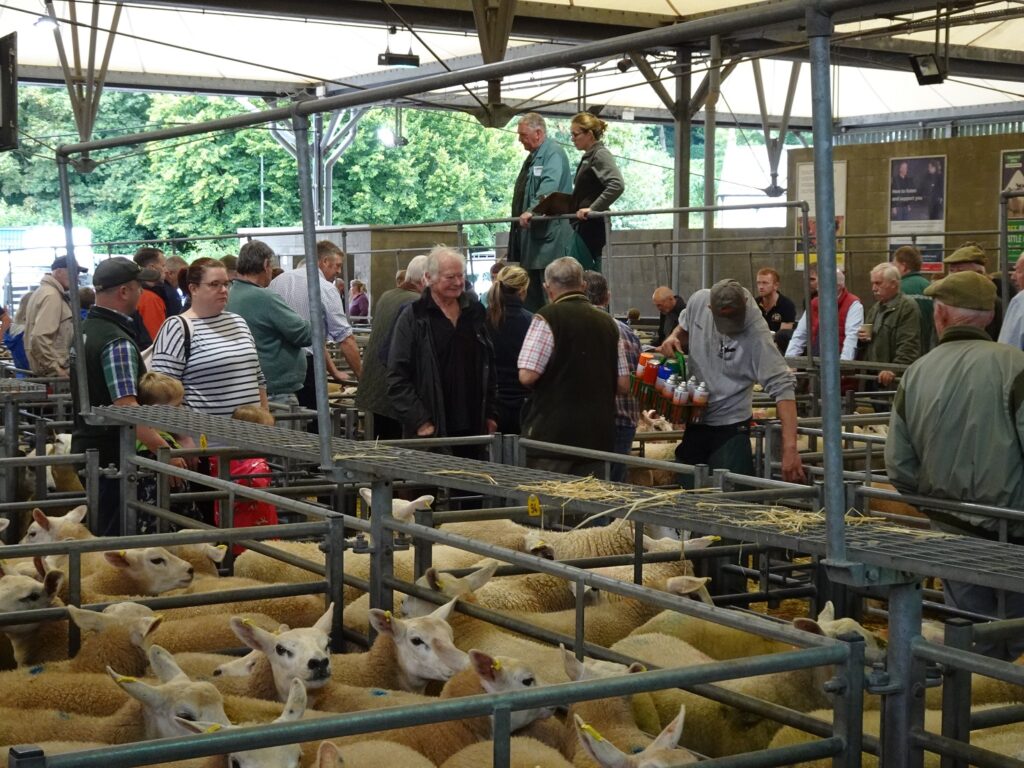
There’s this whole workaday rhythm of business and chatter that felt worlds away from the rest of town, and I found it interesting as a glimpse into everyday life in the Peaks. The market takes place in the Agricultural Businness Centre, across the River Wye from the town centre.
Take A Stroll Around the Historic Centre
One of my favourite things in Bakewell wasn’t a real sight at all, but just wandering the town centre. The river Wye runs right through, crossed by a 14th-century stone bridge that’s as photogenic as it gets.
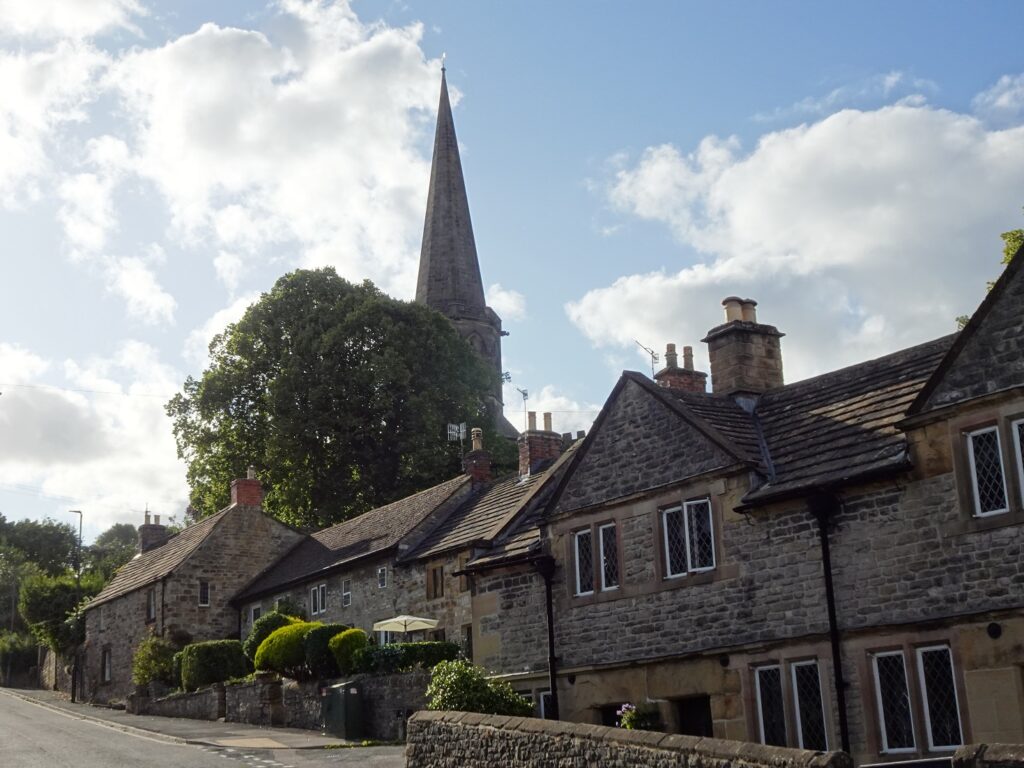
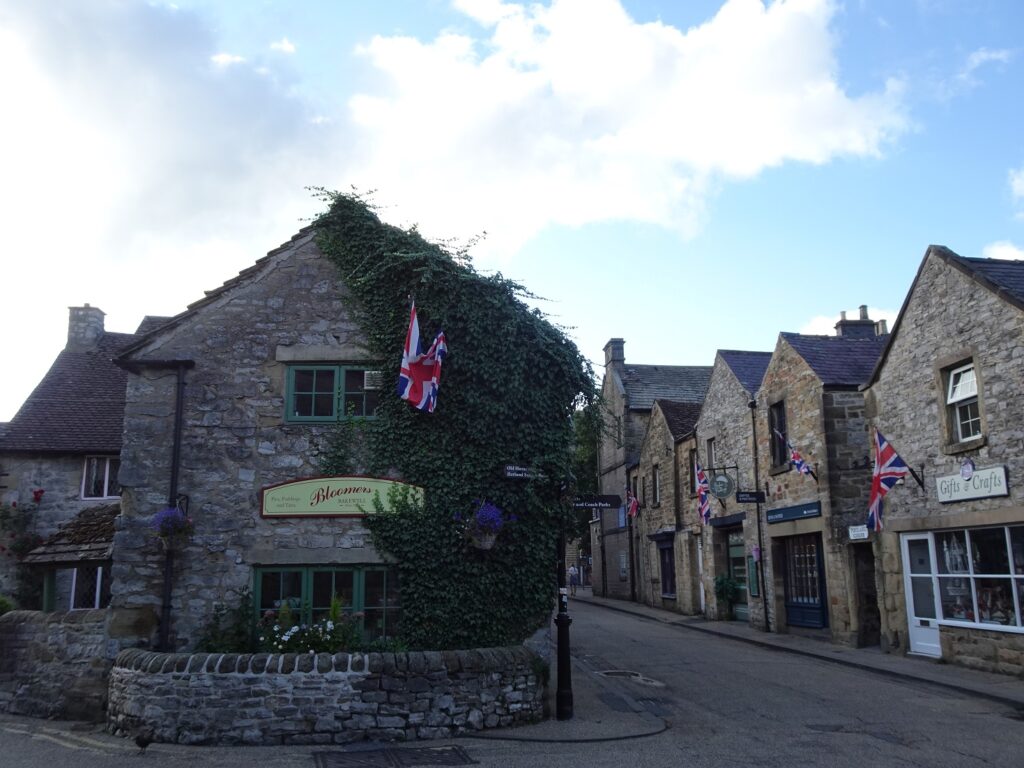
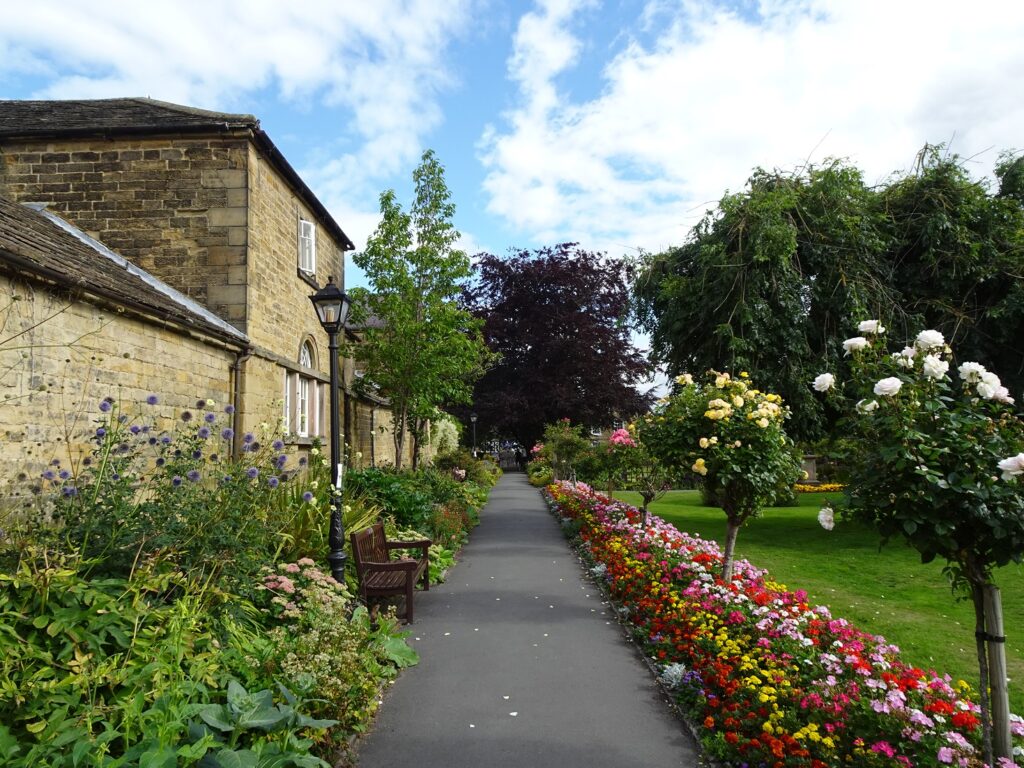
Some of the more interesting historic houses I encountered along the western end of Coombs Road and on King Street on the way to All Saint’s Church. Also worth checking out are the pretty Bath Gardens behind the main bus stop, which used to be a part of a 17th-century bath house, and the small Riverside Garden directly east of the bridge.
Strap On Your Hiking Shoes
Bakewell is surrounded by the beautiful landscape of the Peak District, and I used the town twice as a base for longer hikes in the surrounding area. One day I hiked from Haddon Hall via Stanton Moor to cute Birchover village and the interesting Robin Hood Stride rock formation.
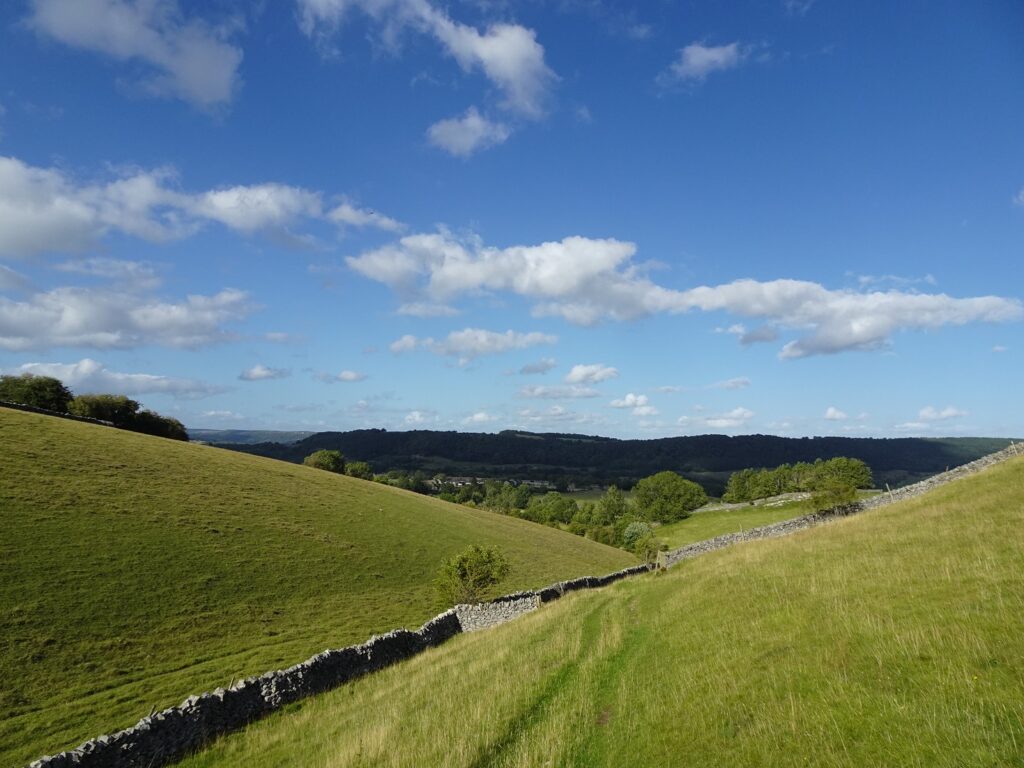
If you take your time and check out sights along the way, this would take a whole day. The other hike I did was from Bakewell via Over Haddon to pretty Lathkill Dale, which has plenty of traces of a former mining activity. This hike can easily be done in half a day.
Map of Sights in Bakewell
All of the places mentioned above can be found in this map of Bakewell.
Practicalities
How to Get to Bakewell by Public Transport
Bakewell doesn’t have its own train station, which makes things a little slower. At the time of writing, it’s easiest to grab the 218 or 240 bus from Sheffield, which takes about an hour and drops you right in town. They run fairly often, but less so on Sundays.
On this useful website, you can find both a map of the bus network and the current schedules of all buses operating in the area. As of 2025, the bus fares in the UK are still capped at £3, so you’ll never pay more, no matter how far you go.
Where to Stay in Bakewell
Personally, I used nearby Sheffield as a base to visit Bakewell. If you prefer to stay in town, there are plenty of mid-range and top-end options around, but no budget choices. The most famous place in town is The Rutland Arms Hotel, while Bagshaw Hall would be the most luxurious place around.
Have a look at the map below for more options.
See Also
A Guide to the ‘Princess Bride’ Filming Locations in England’s Peak District NP
The Ultimate 5-Day Itinerary for England’s Lake District National Park
10 Exciting Things to See and Do in Blackpool, The UK’s Most Famous Seaside Resort
